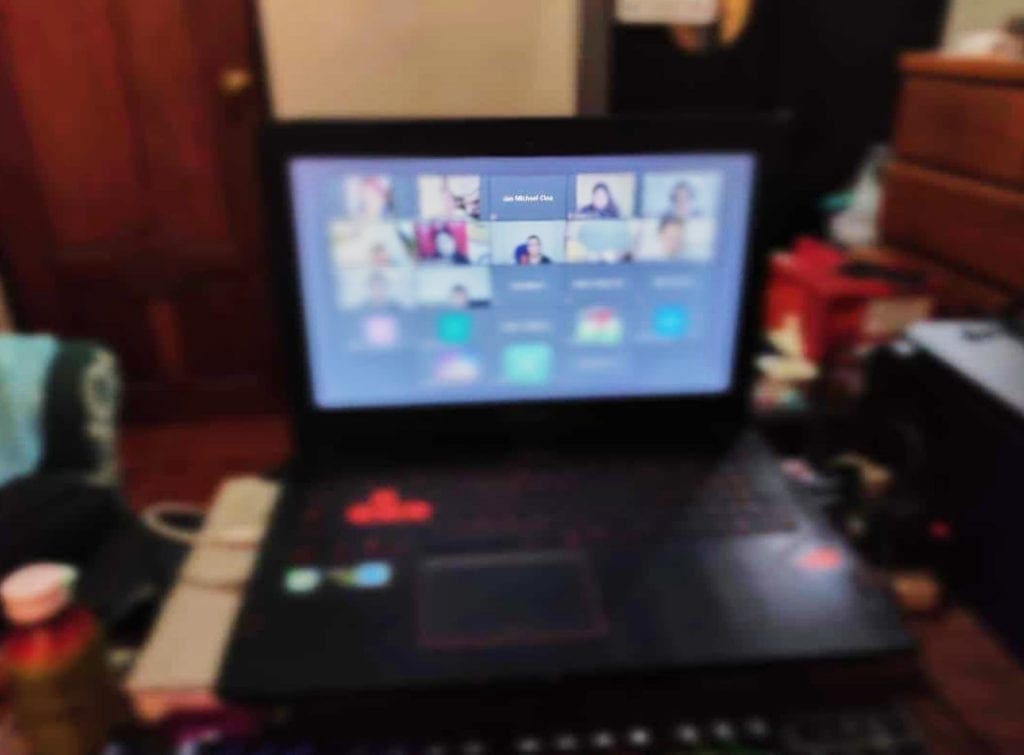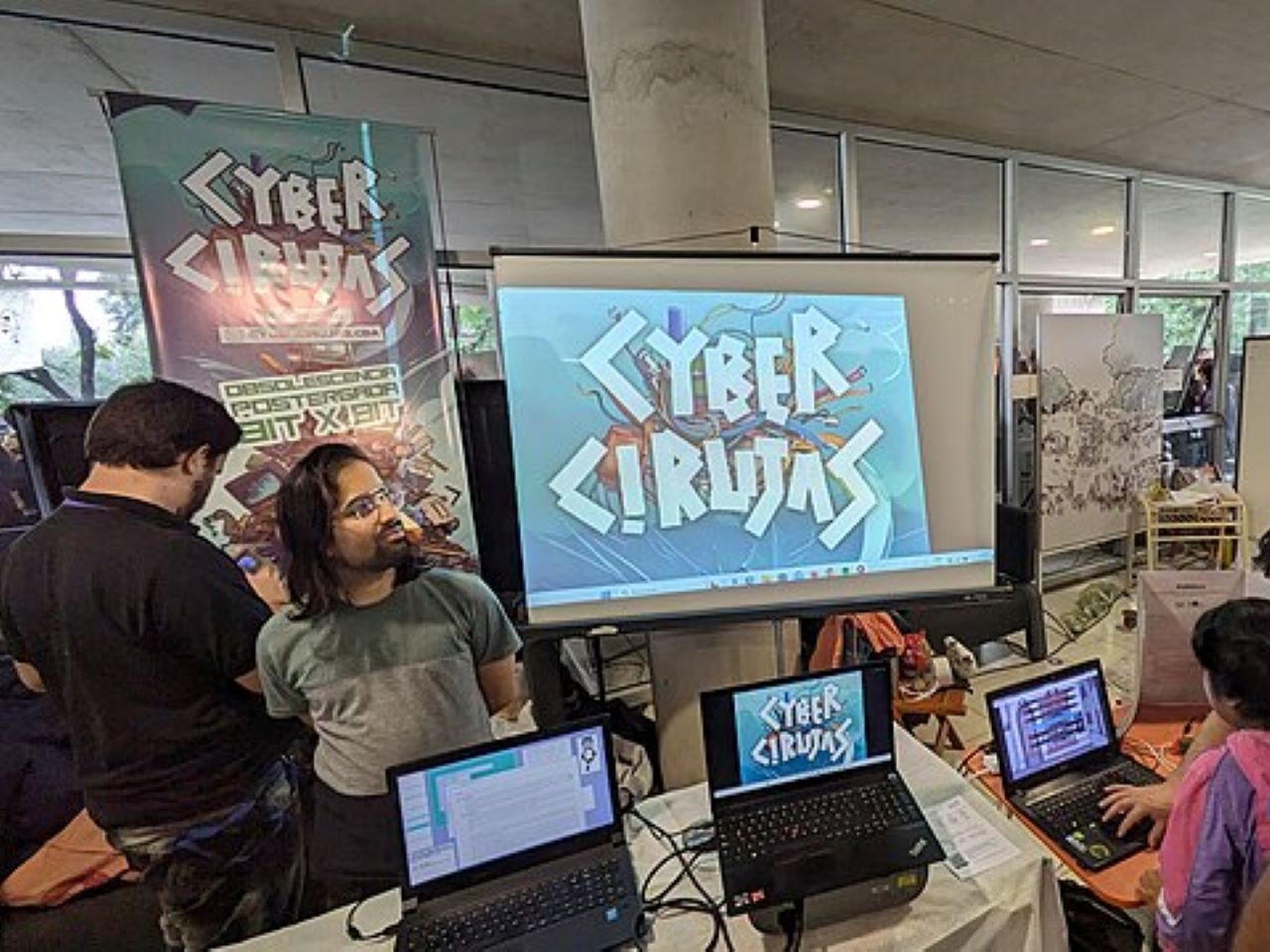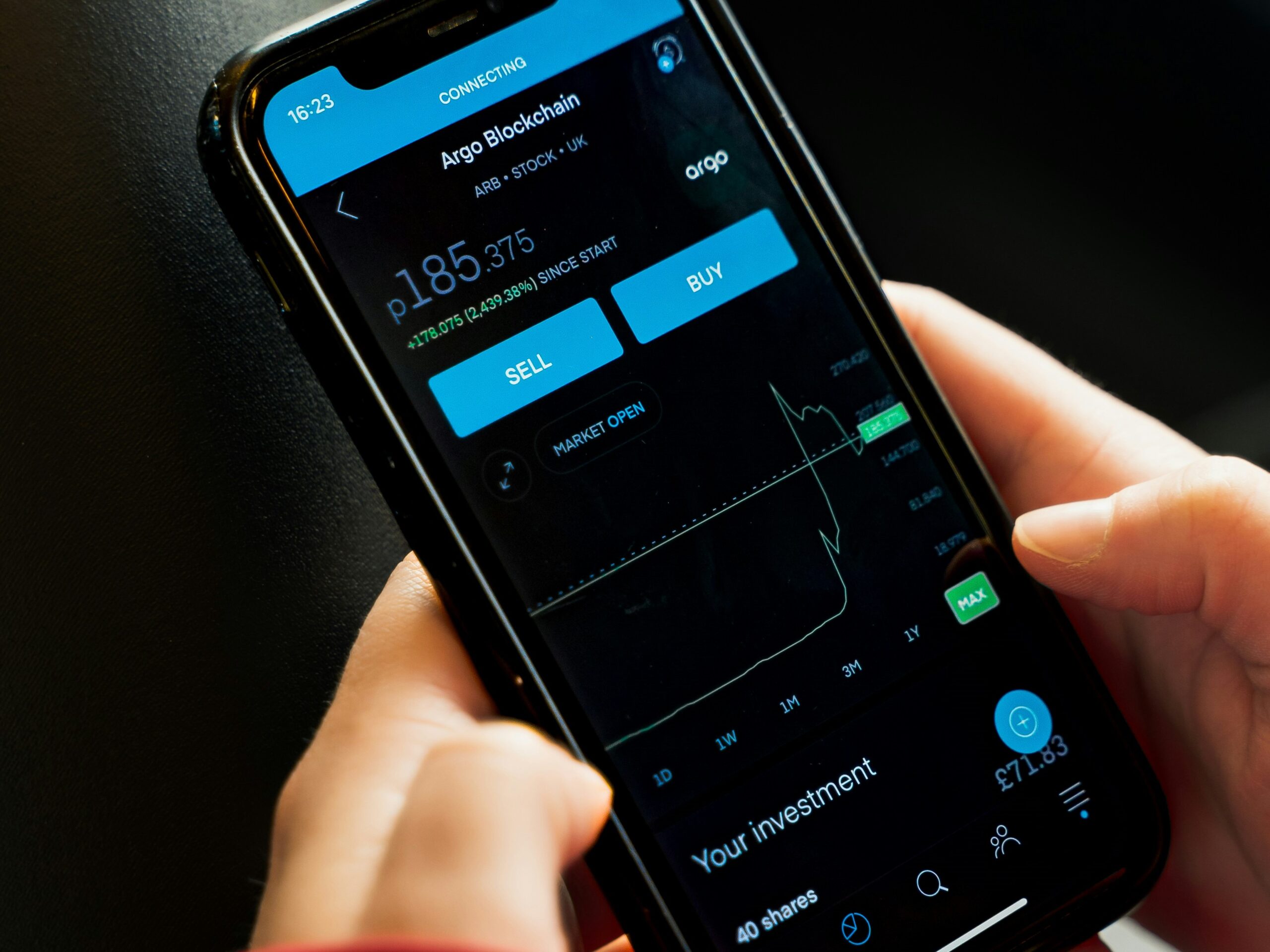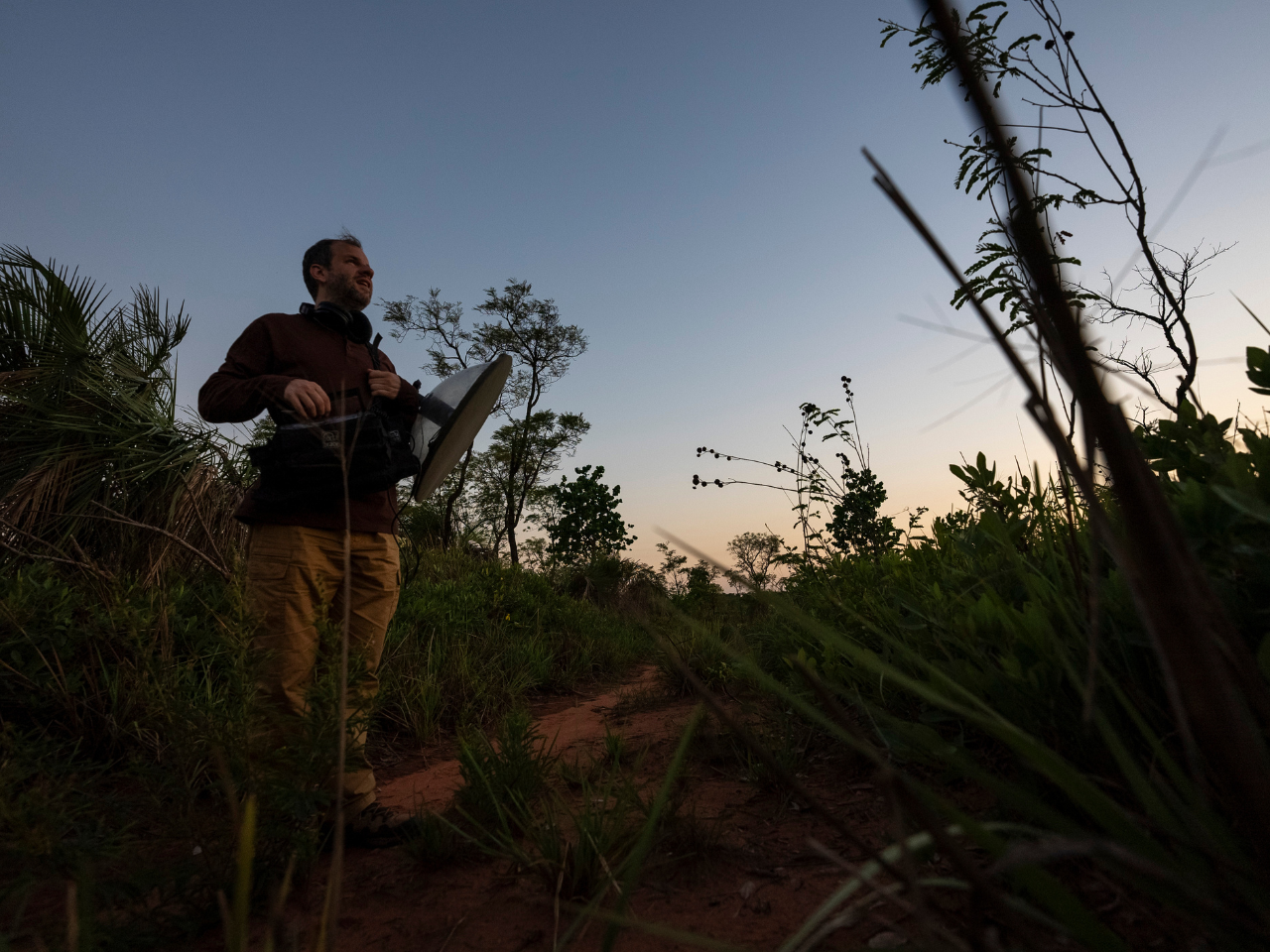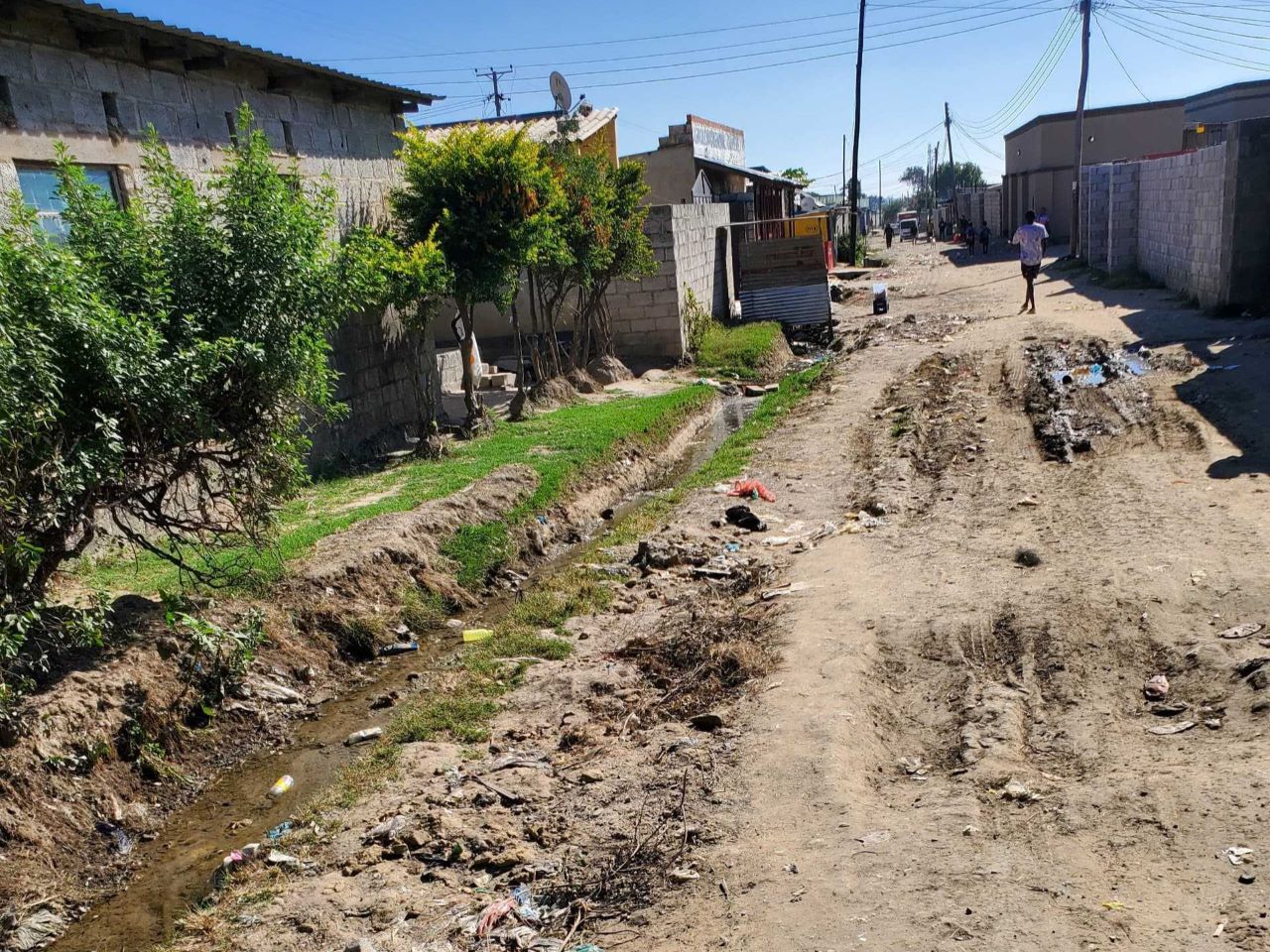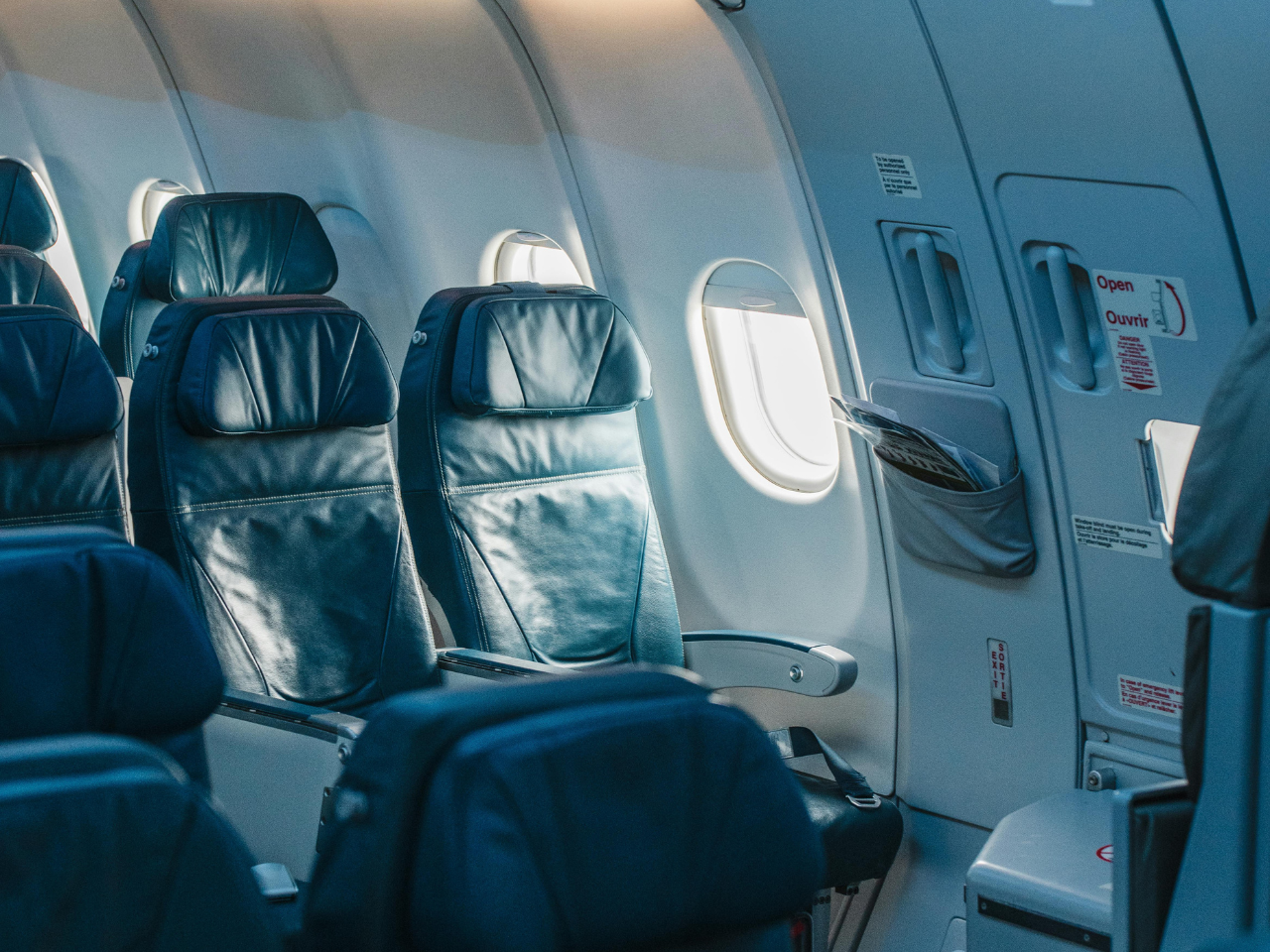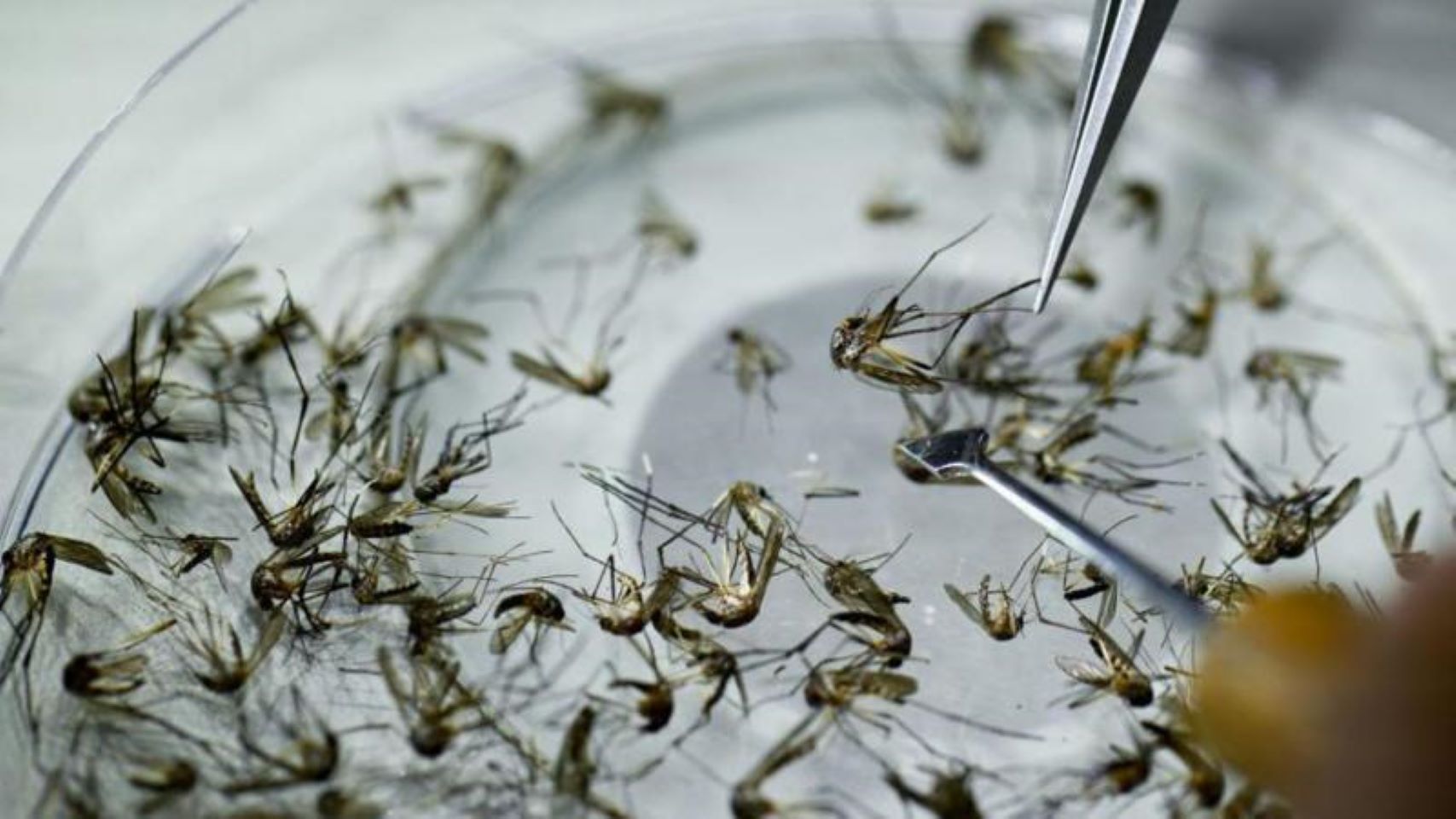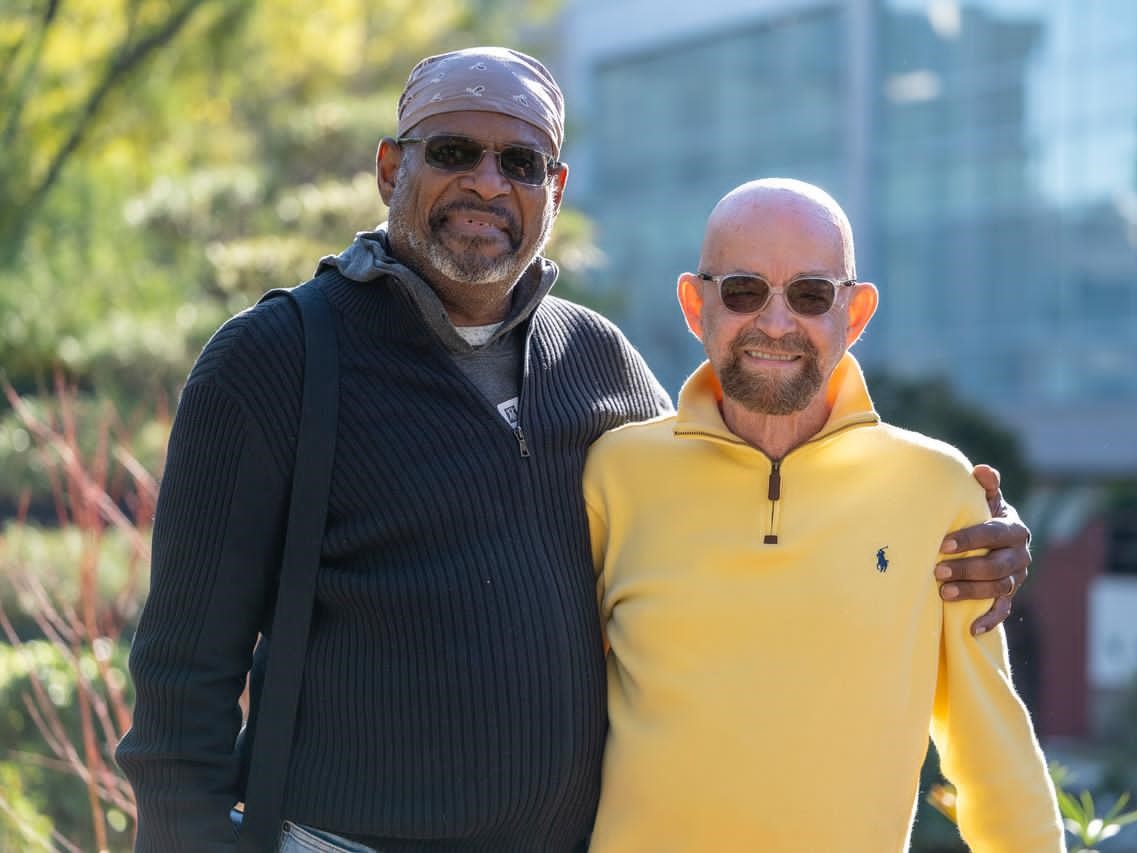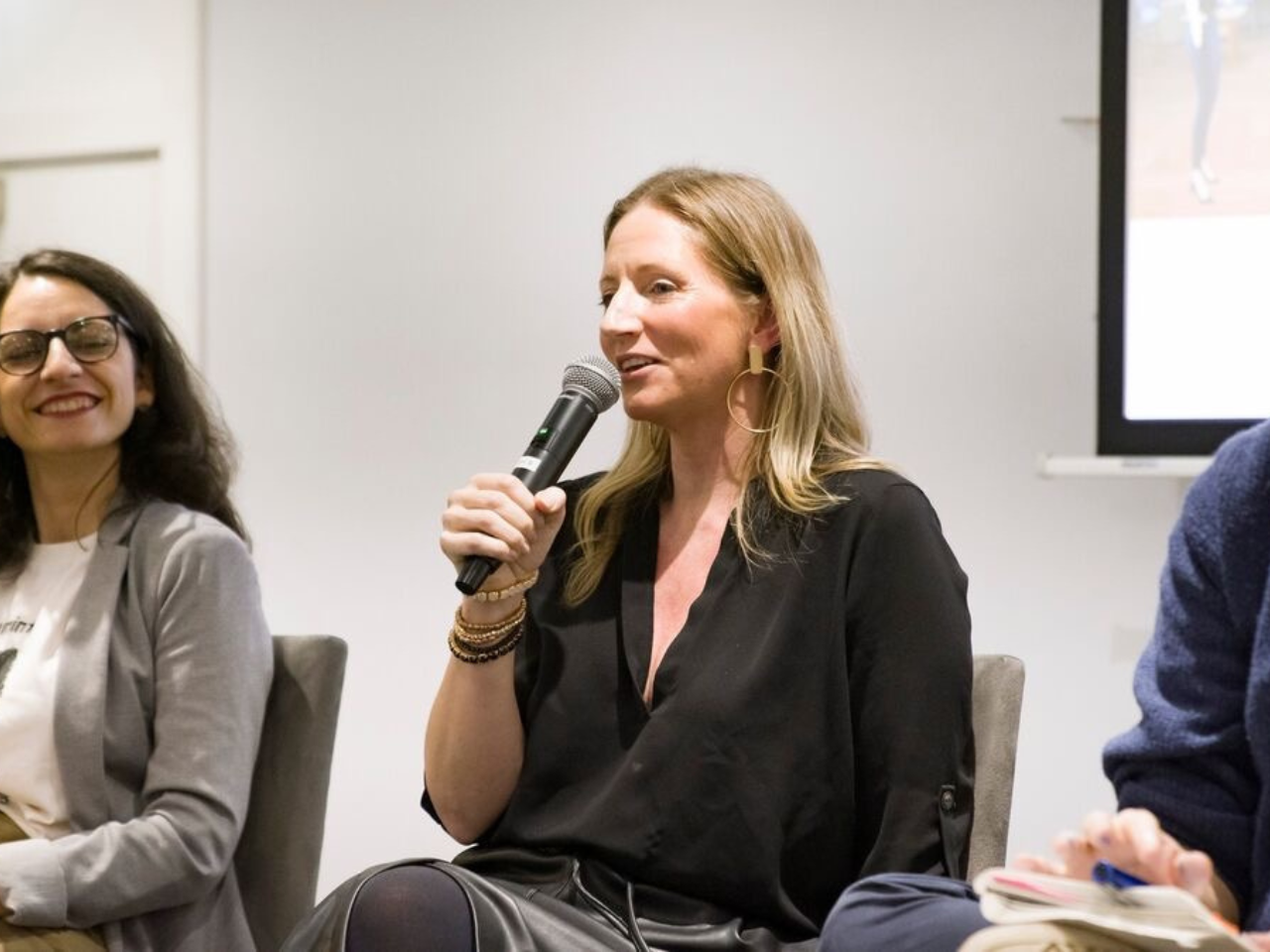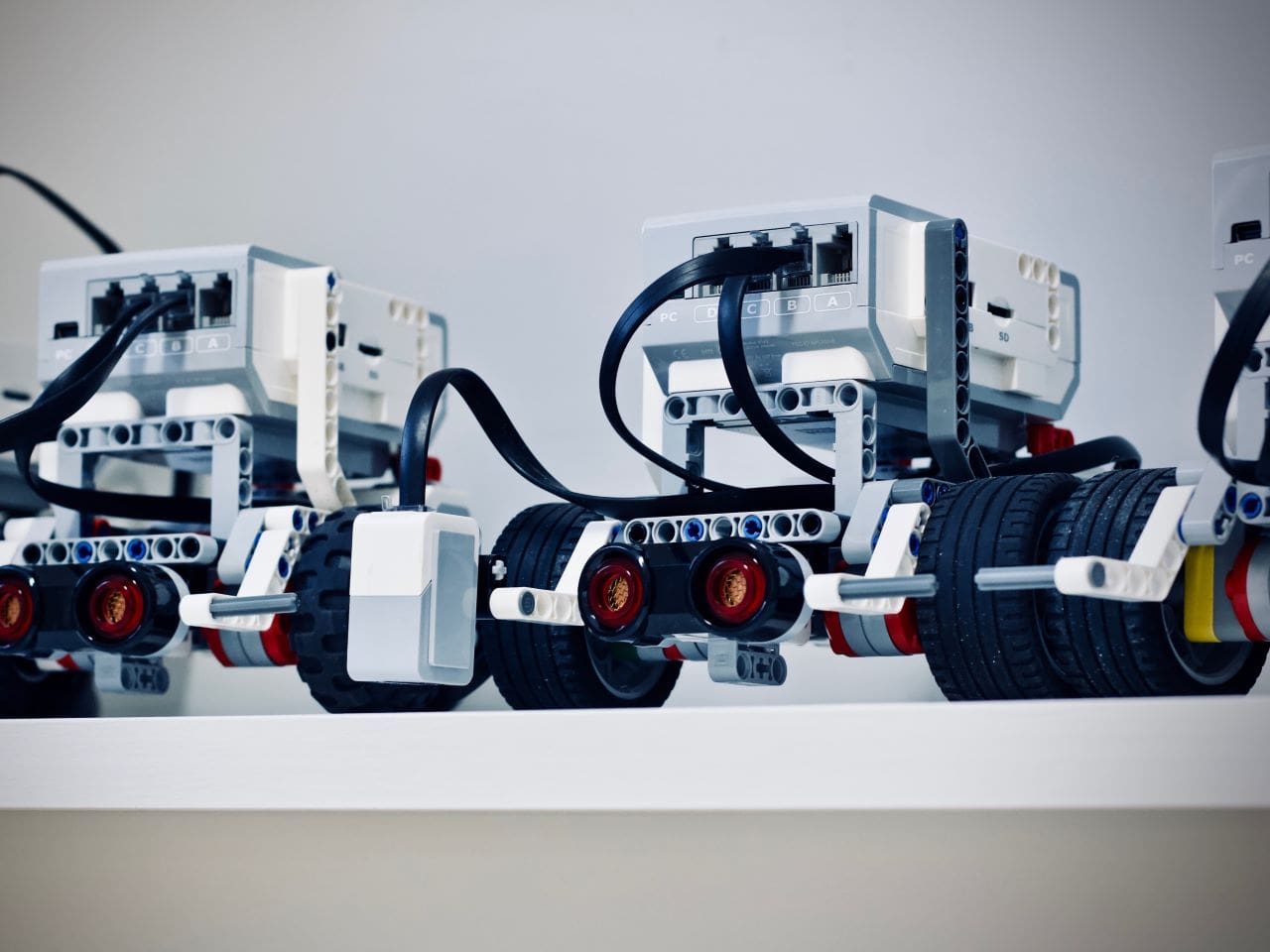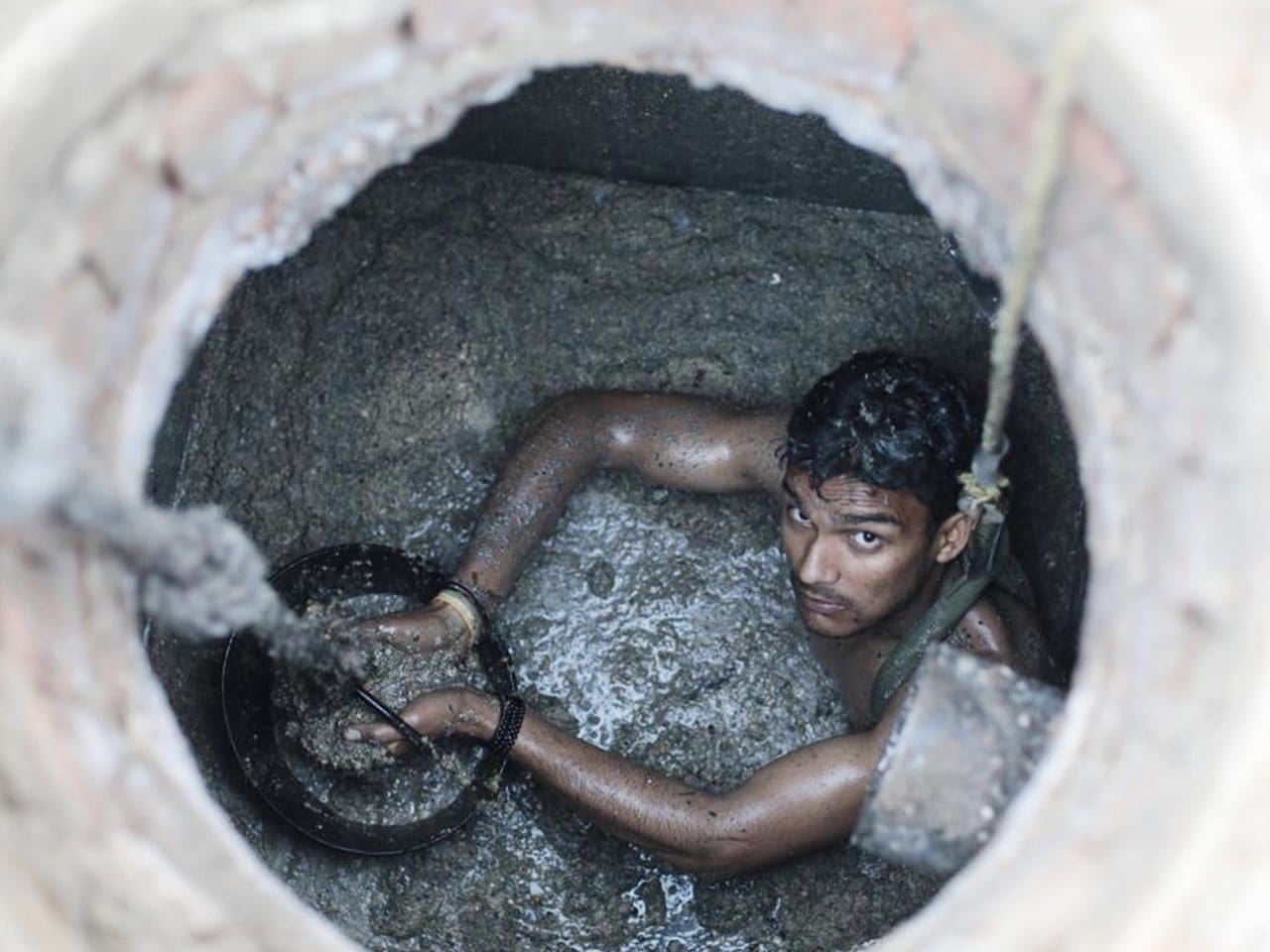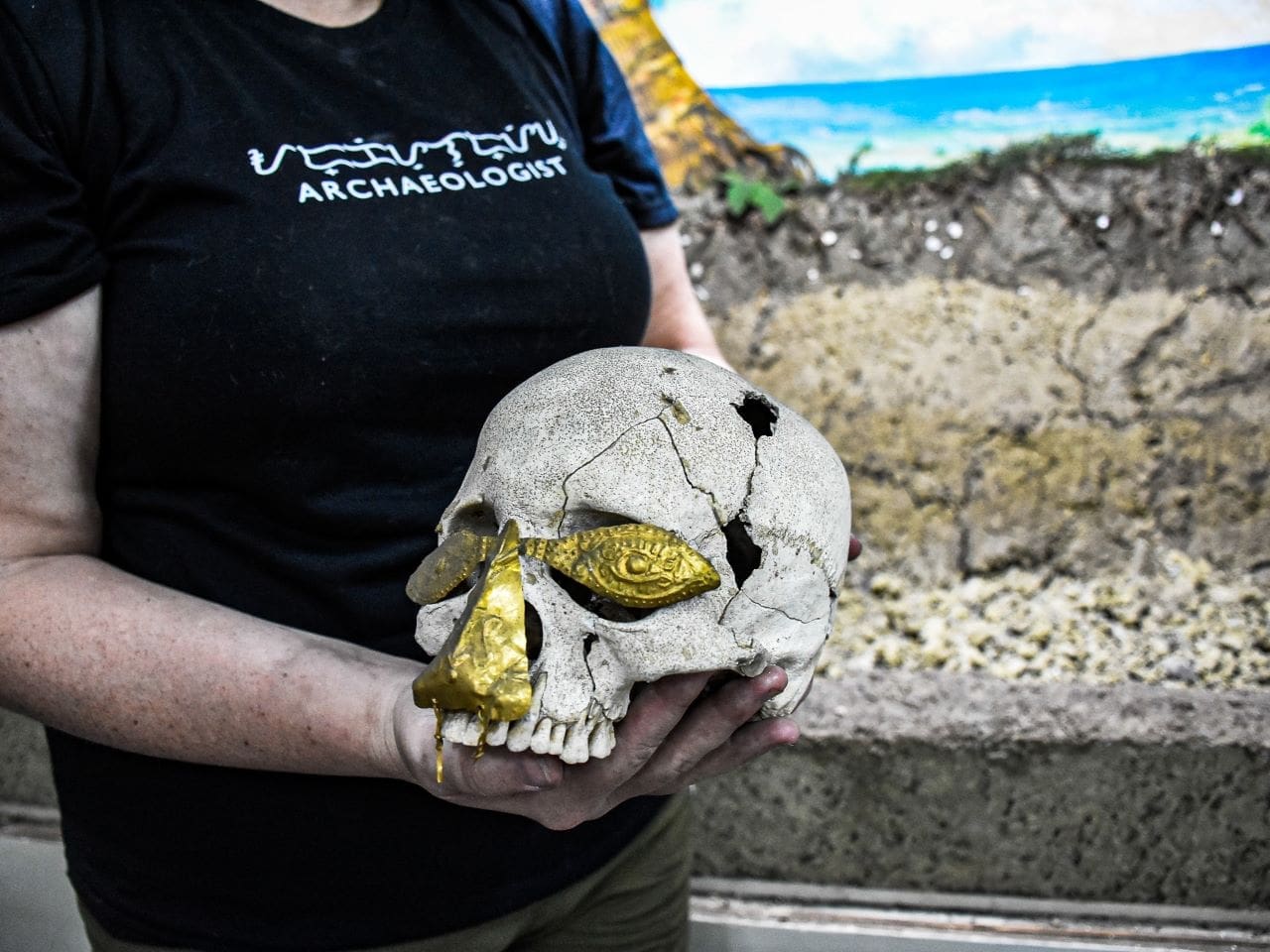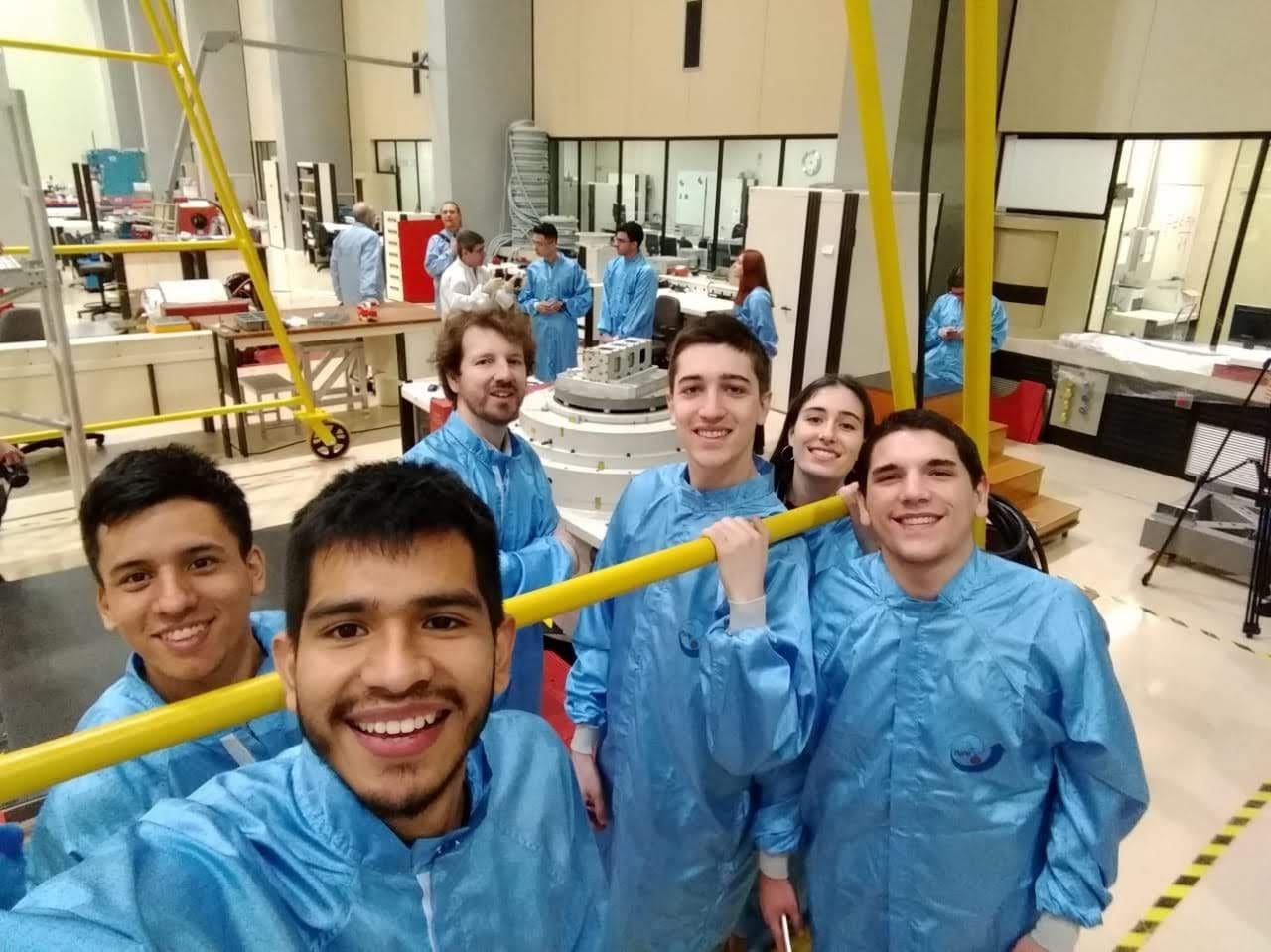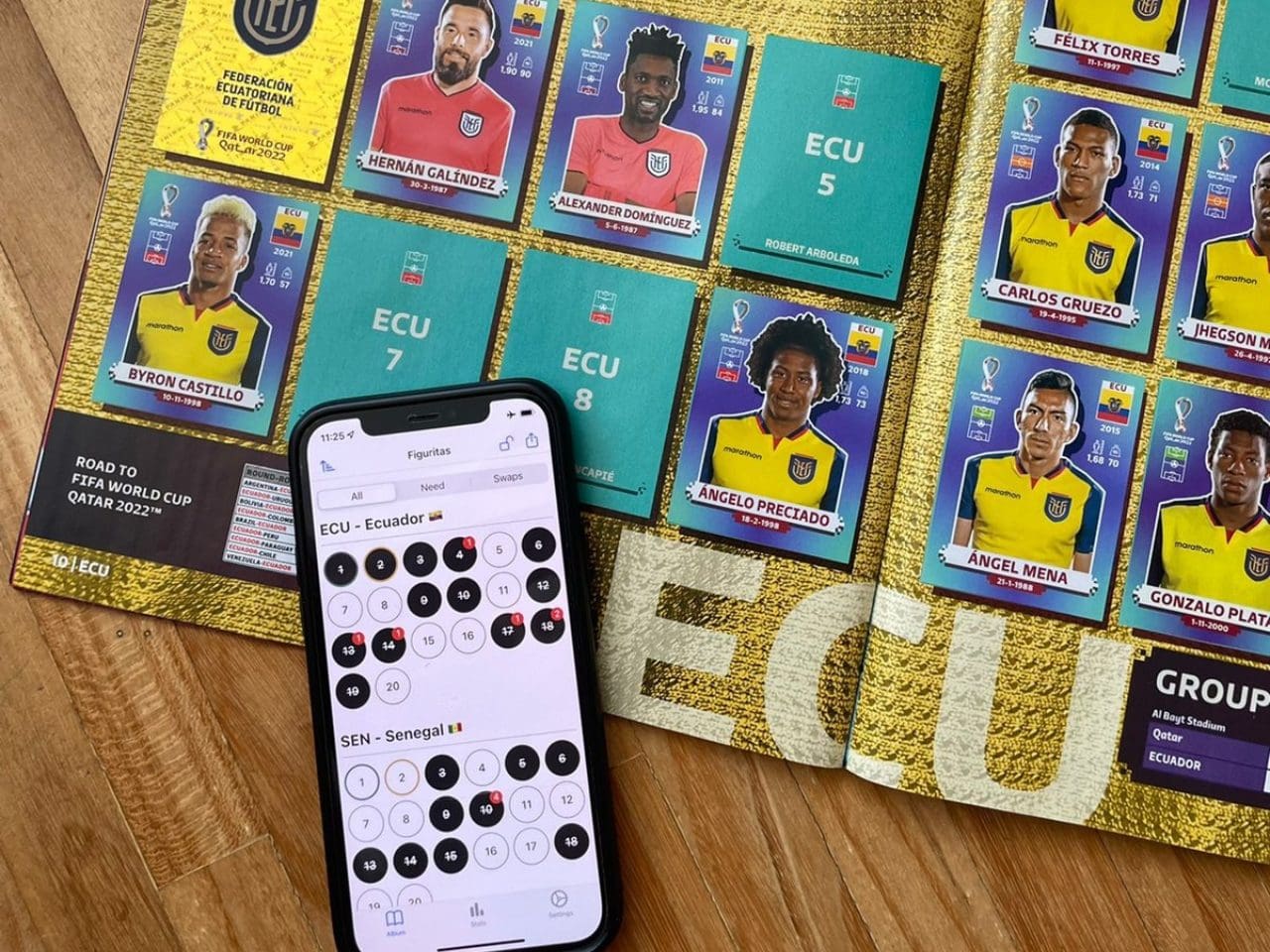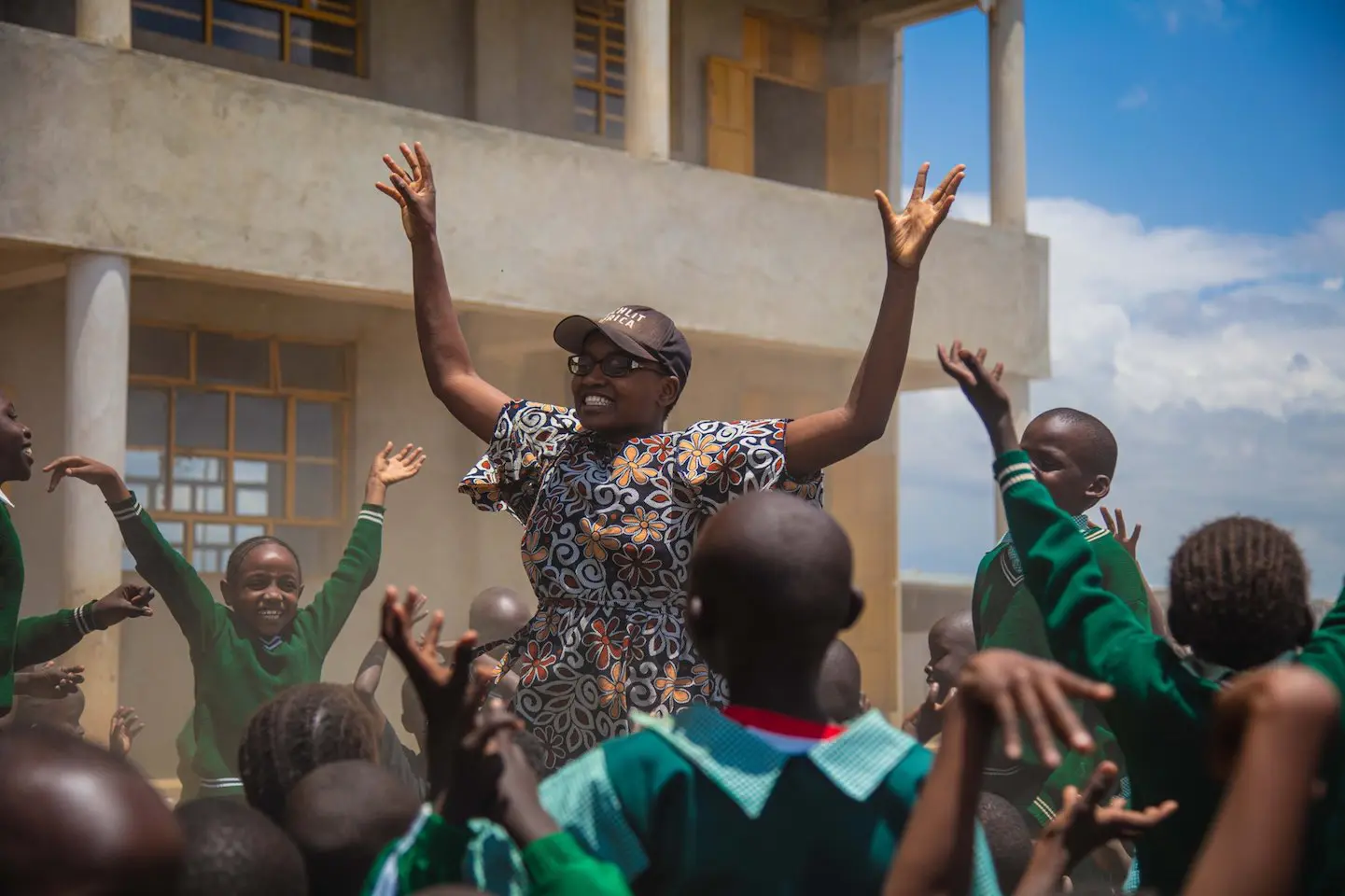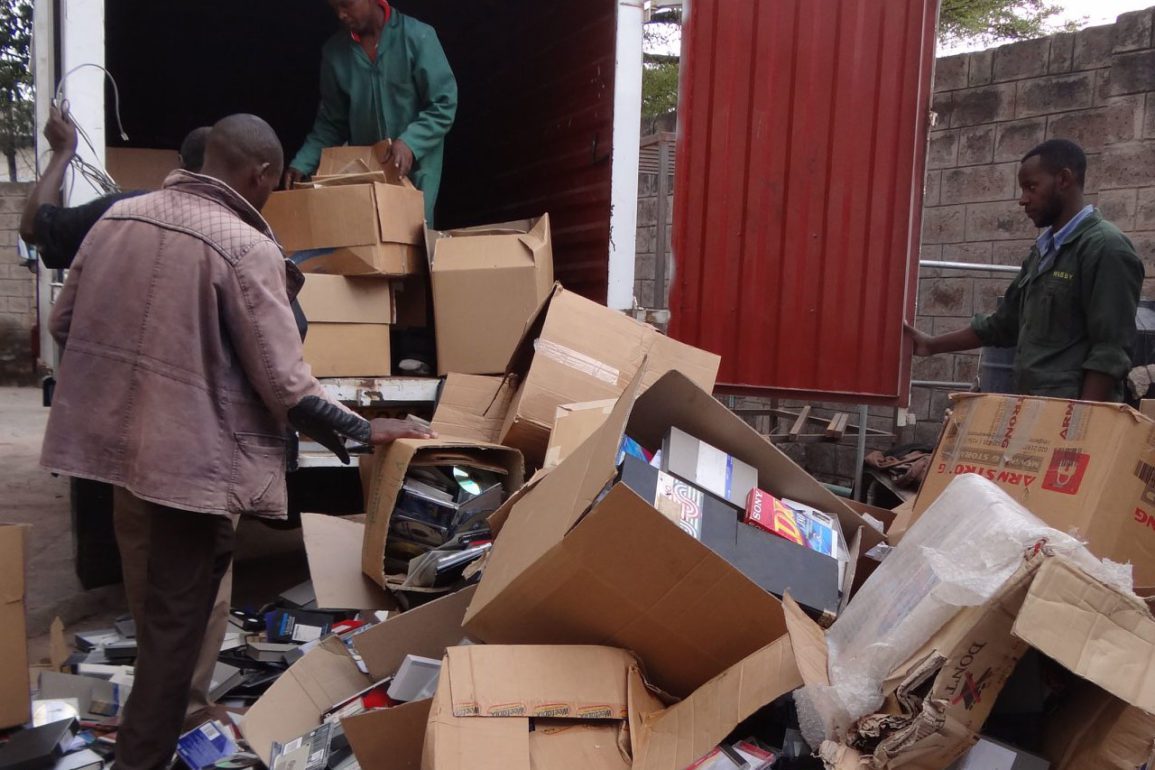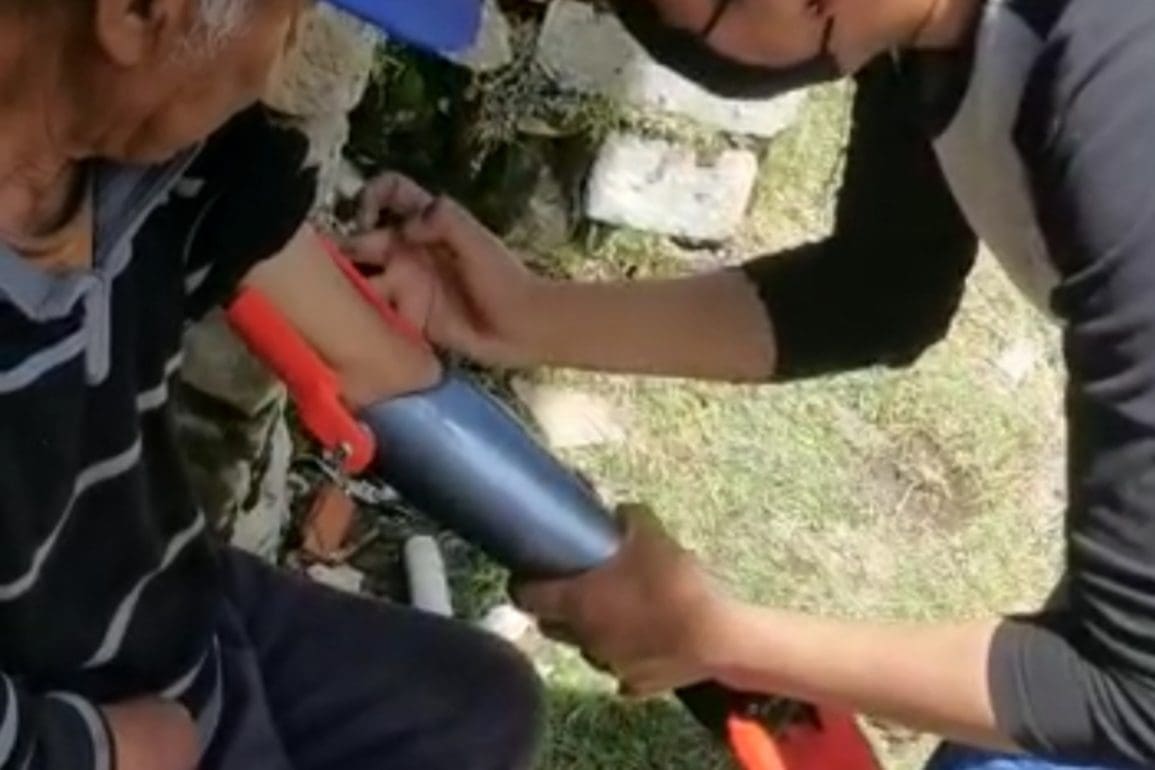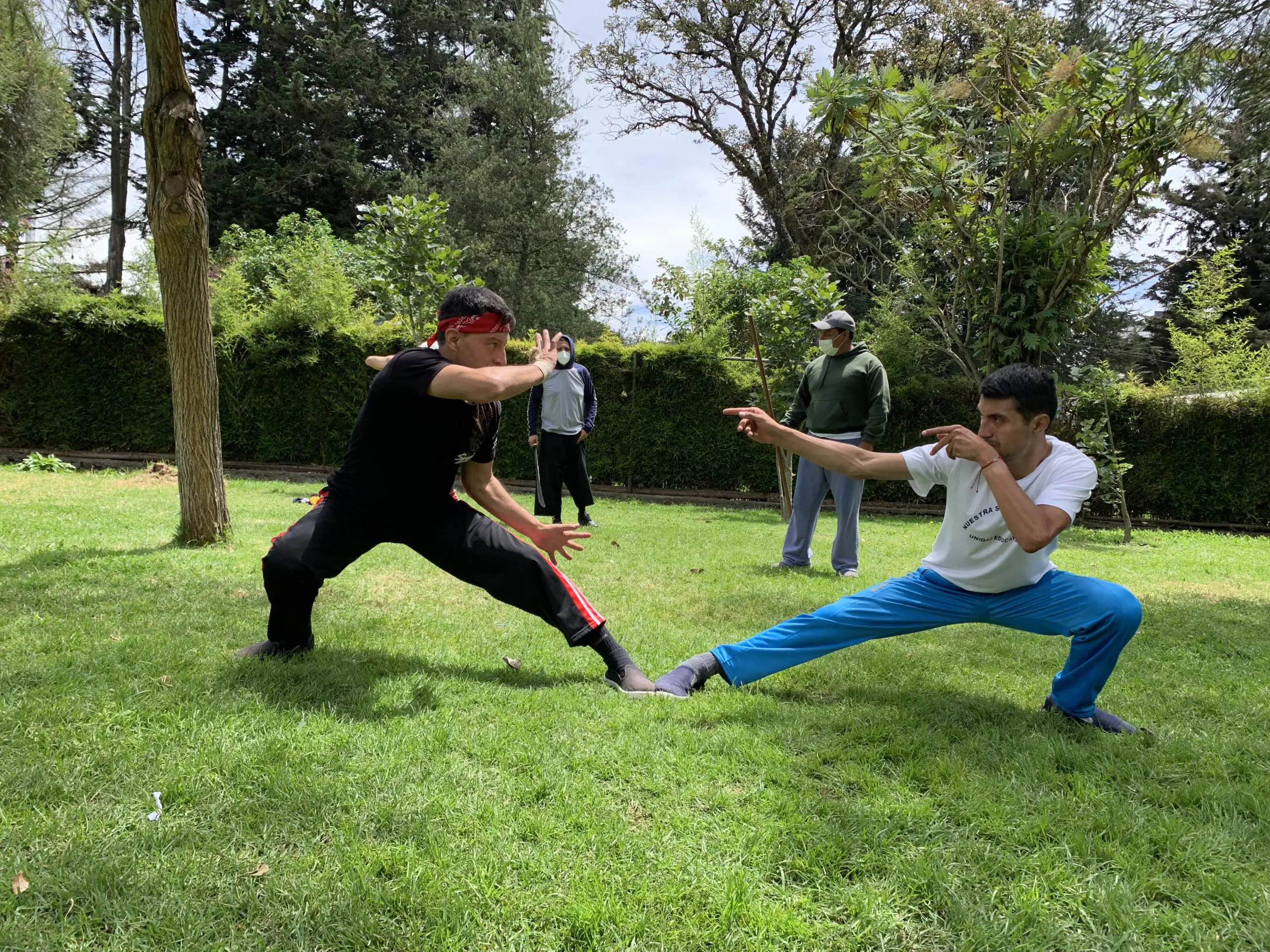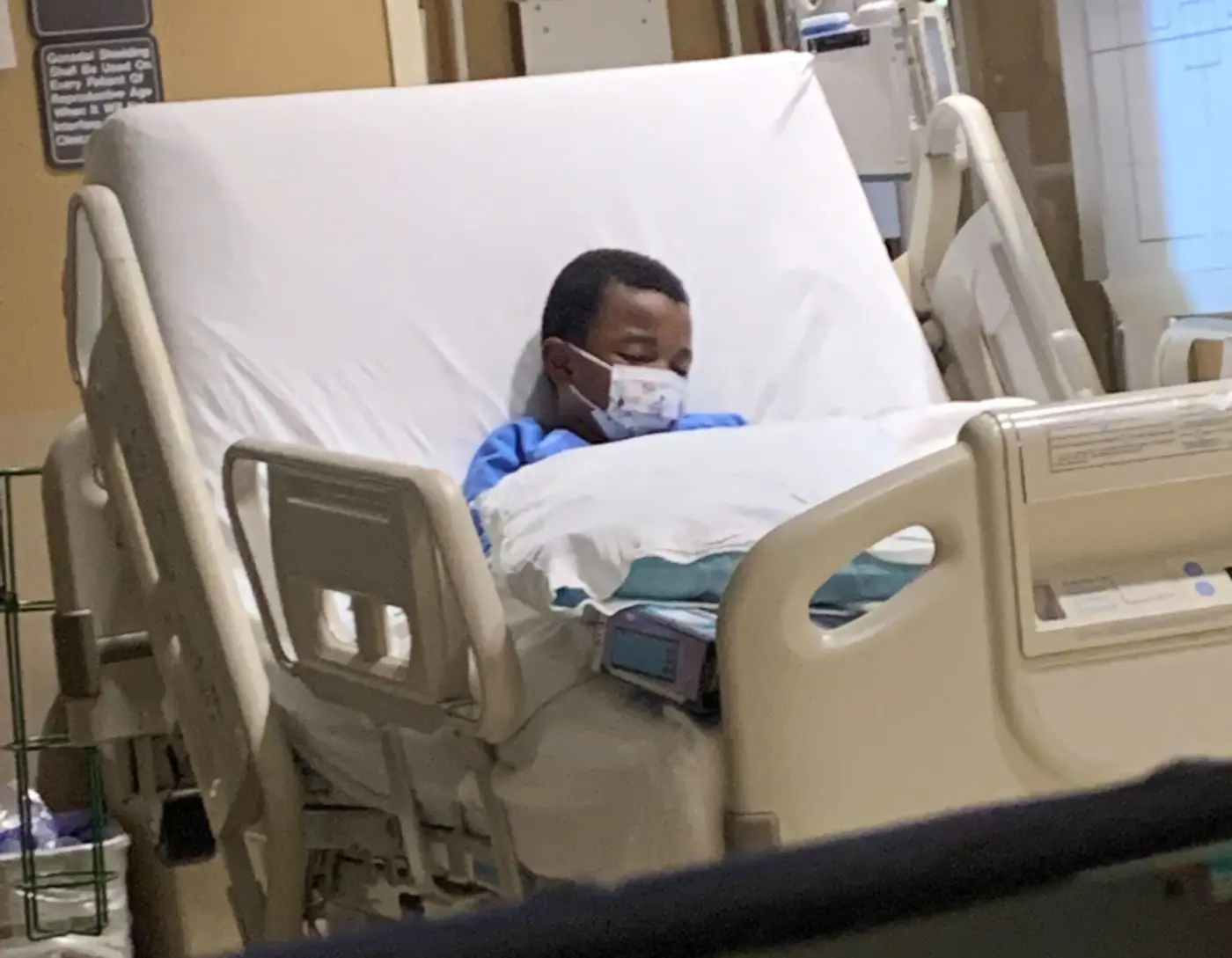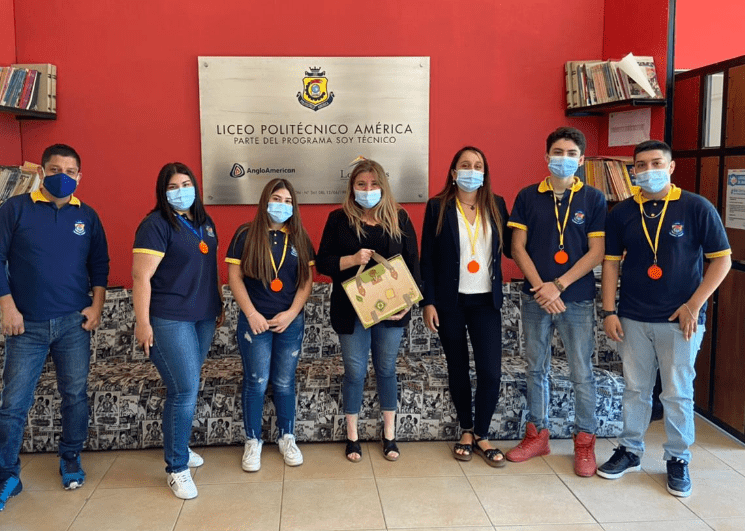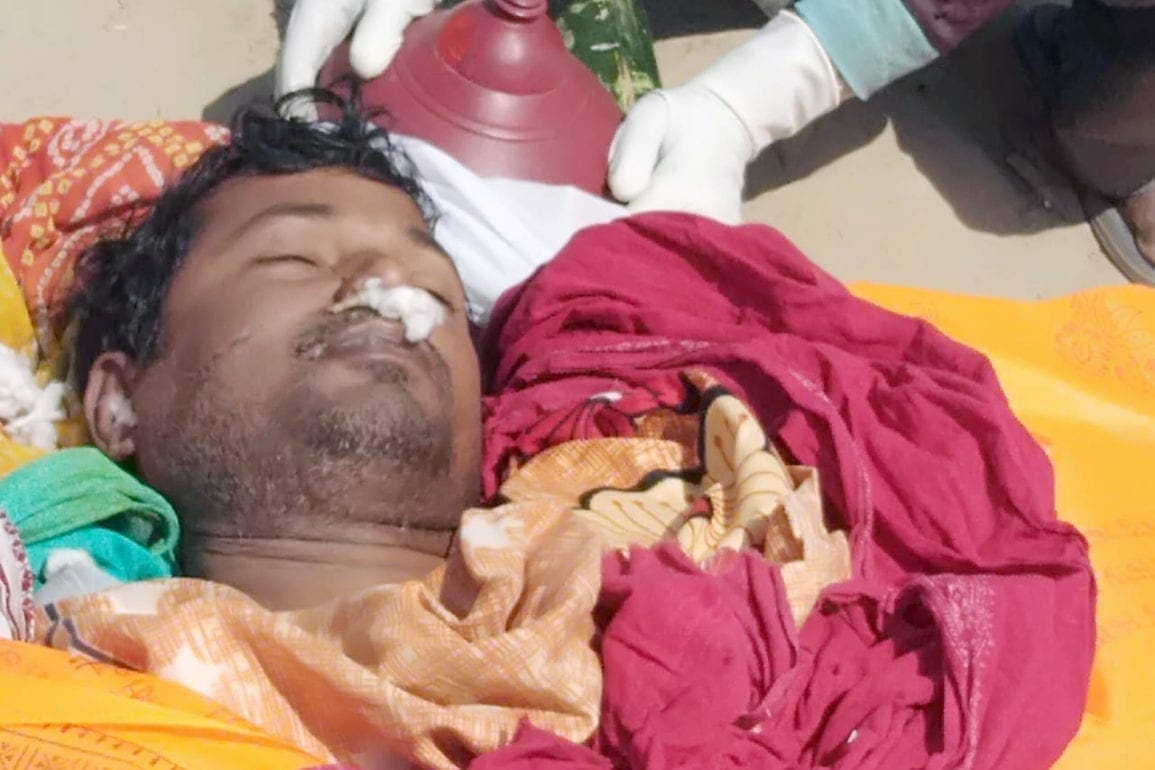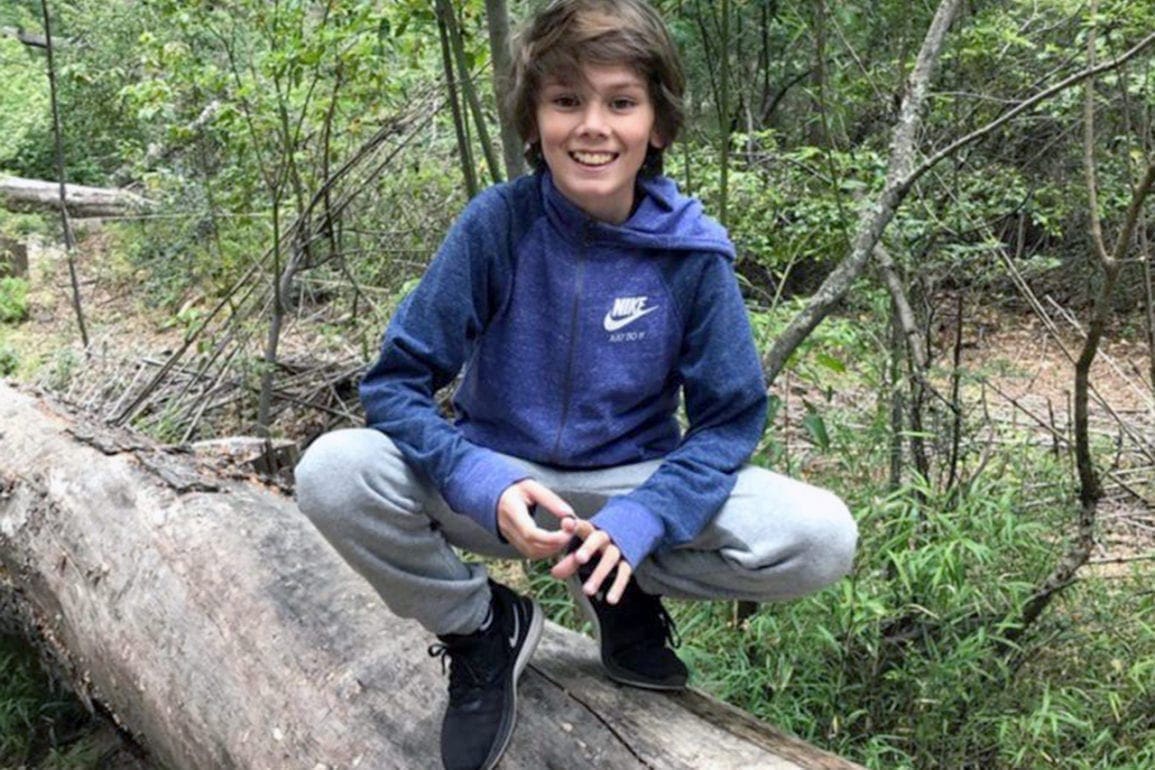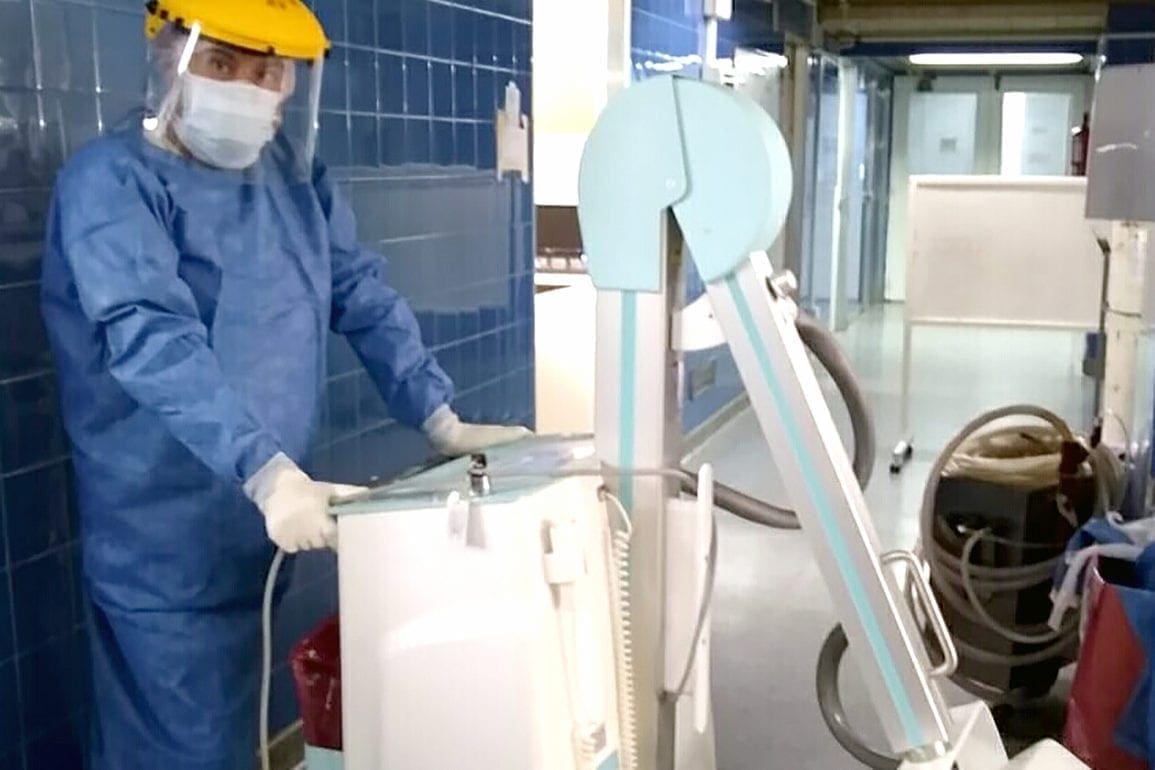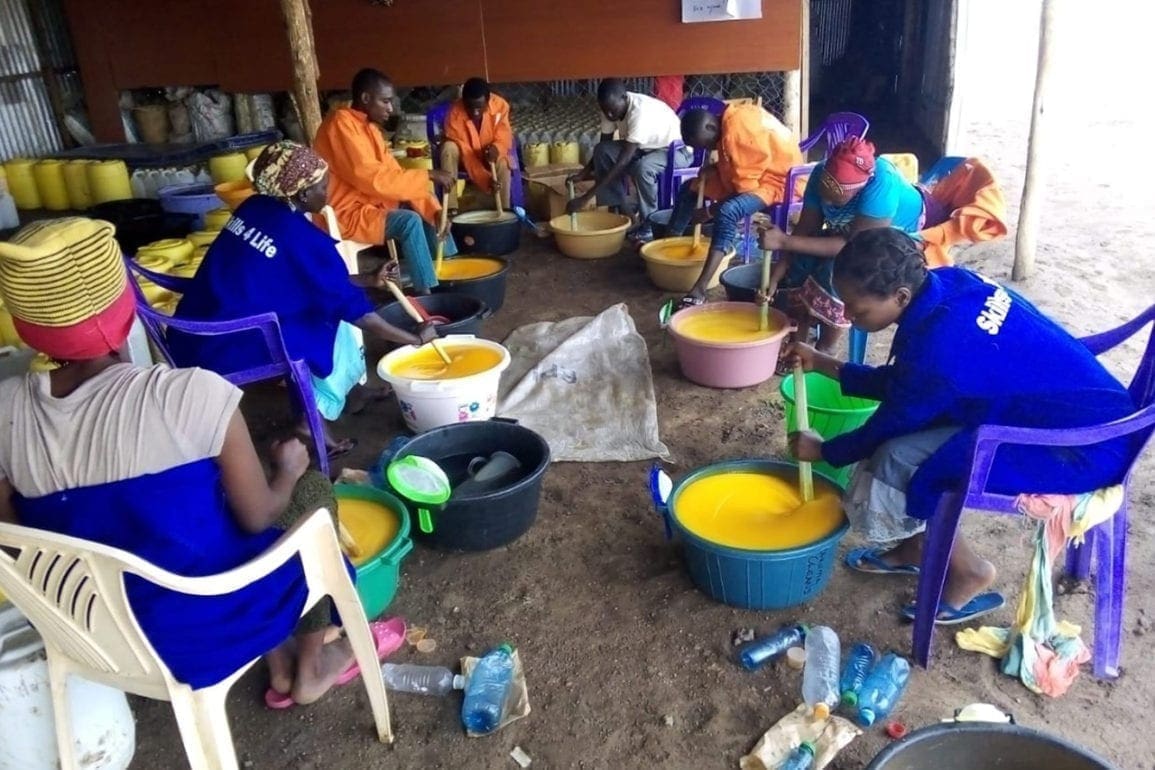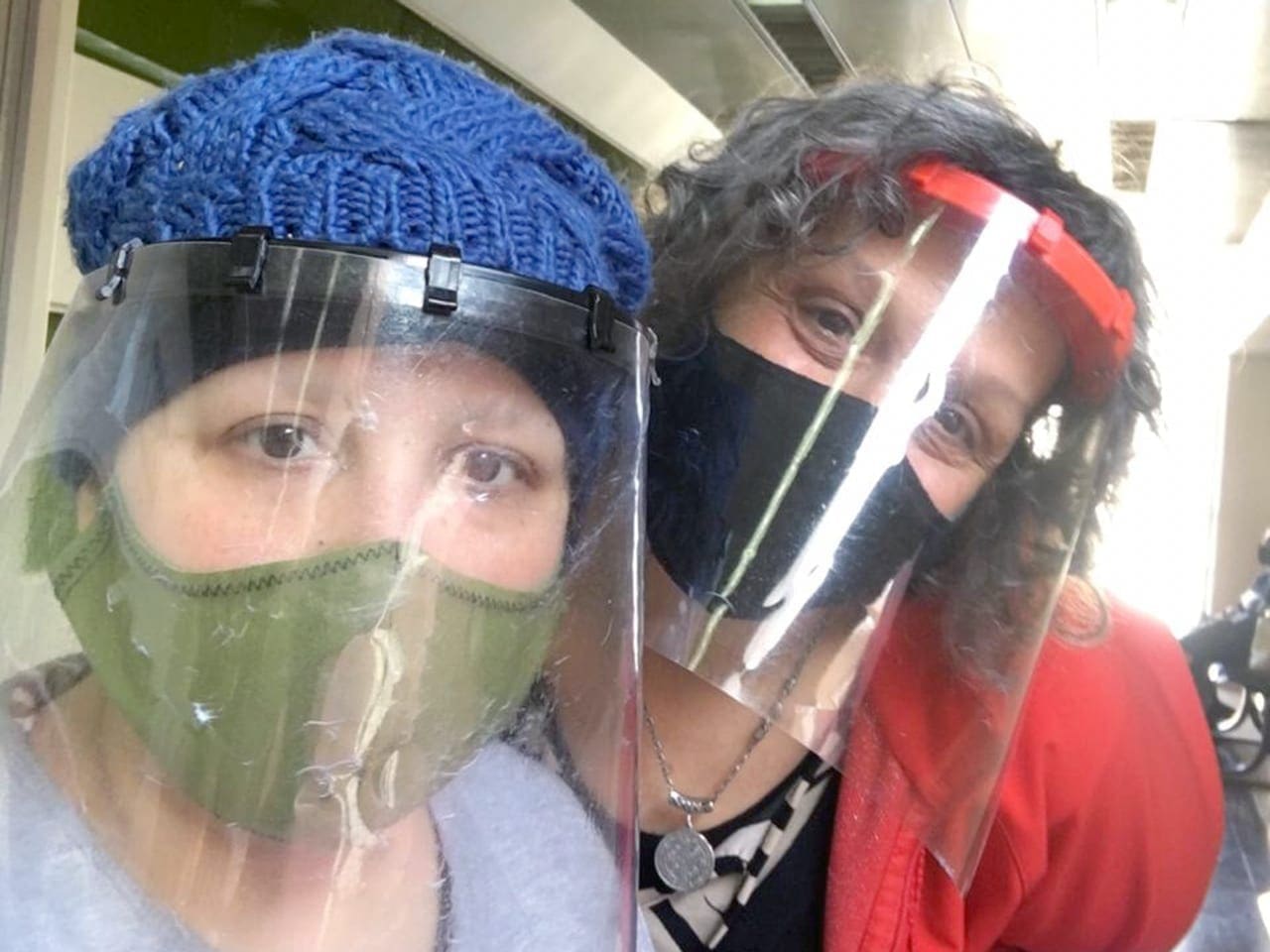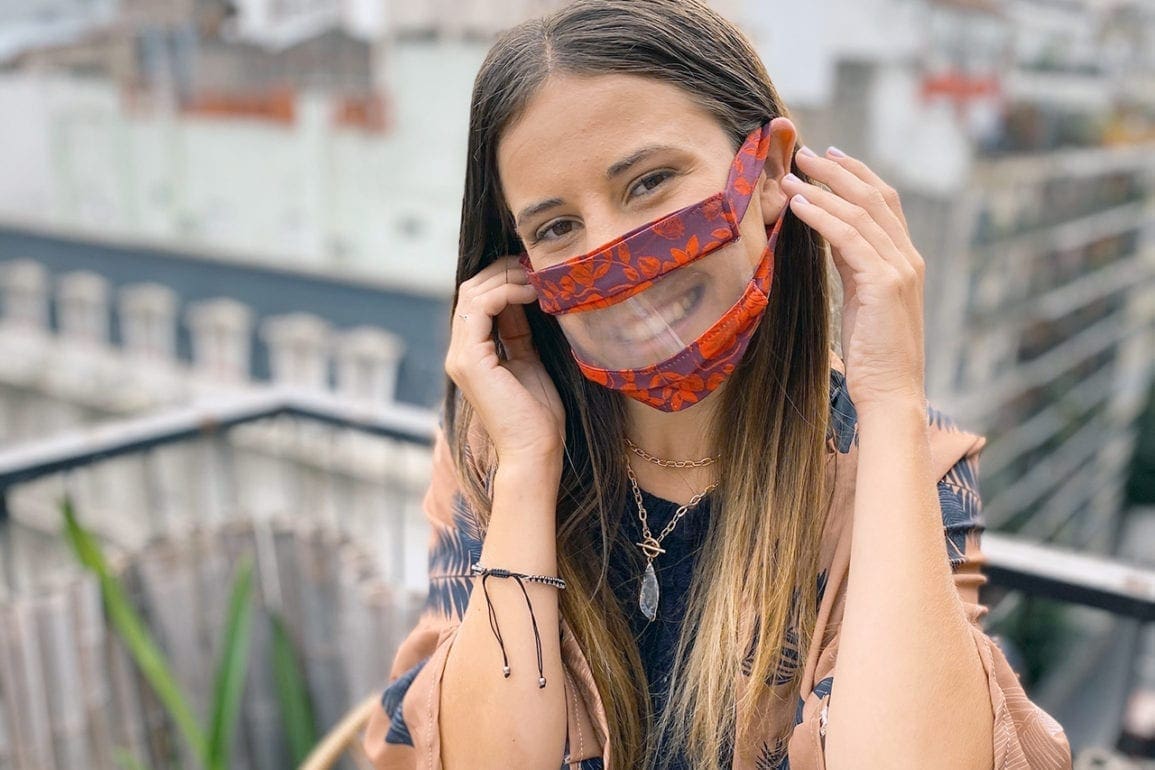Philippines not ready for online learning
We need a break from the pandemic, the typhoons and poor planning.
- 5 years ago
December 8, 2020
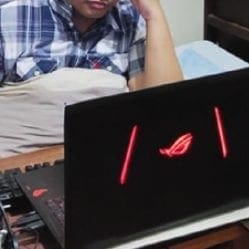
MANILA, Philippines — When news of the first COVID-19 diagnosis struck the Philippines, the last thing on my mind was how the pandemic would impact education.
President Rodrigo Duterte declared the first lockdown in March. Months later, in the midst of the pandemic, we were hit with a second dose of reality: online courses.
I am a third-year law student at San Sebastian College Recoletos in Manila. Some classes are synchronous, meaning I need to connect with my classmates in real-time over Zoom or Google meet, while the rest are asynchronous and involve downloading prescreened lectures and submitting paperwork and assignments.
One thing is clear as a direct result of online learning: school is more stressful.
Barriers to an online education
When the outbreak began, the World Health Organization [WHO] warned the world about the impending growth of human-to-human transmission of the virus. The Philippines’ Department of Education pushed through with online learning.
I am fortunate to have access to the Internet, albeit at times unstable access, and a computer. Many Filipino students do not have that same luxury. Some have even lost their lives trying to get a data signal.
Then came the typhoons
I did not expect that at least three disastrous typhoons would hit the country in one month, each one almost a week apart.
There were power blackouts, massive flooding, water shortages, no telecommunications, and no Internet. The scenes on the media of damaged houses and people who lost their loved ones are hard to ignore.
Despite the tragedies and pleas from students, schools, and teachers affected by both the pandemic and the typhoons, the government refused to approve any temporary suspension of classes.
We need time to prepare, to rebuild homes, to start again.
Bleak future
At times I wonder what the future holds. Will I become a lawyer when I graduate from law school? Online education is not on par with pre-pandemic studies. Adjusting to online learning takes time, even more so with a pandemic and an unpredictable series of killer typhoons.
Though some schools are taking their own academic breaks, I doubt that unless there is harmony between the government and the schools and without sufficient planning, the future is uncertain. We all need a break to strategize.

